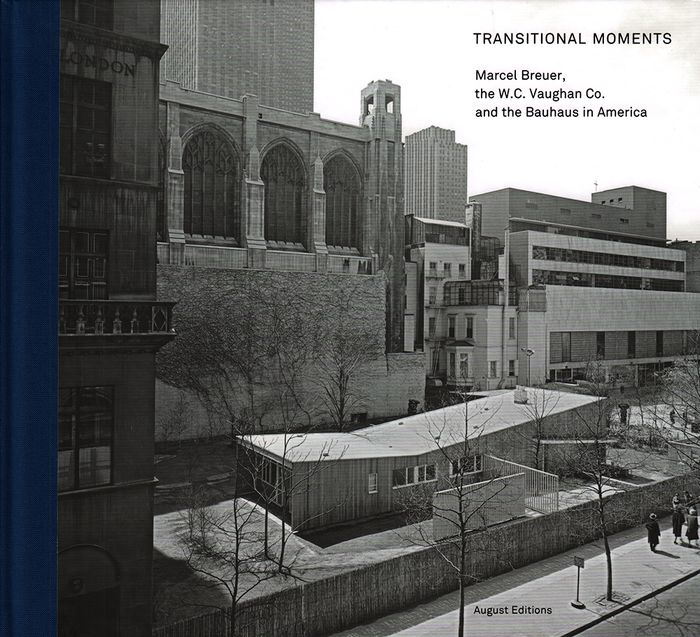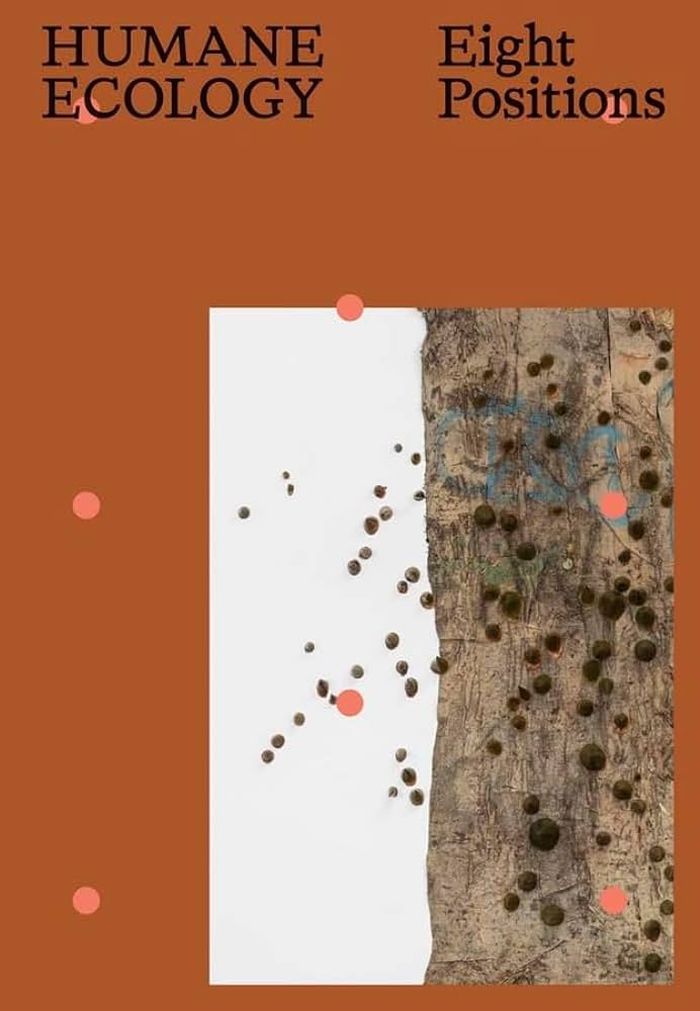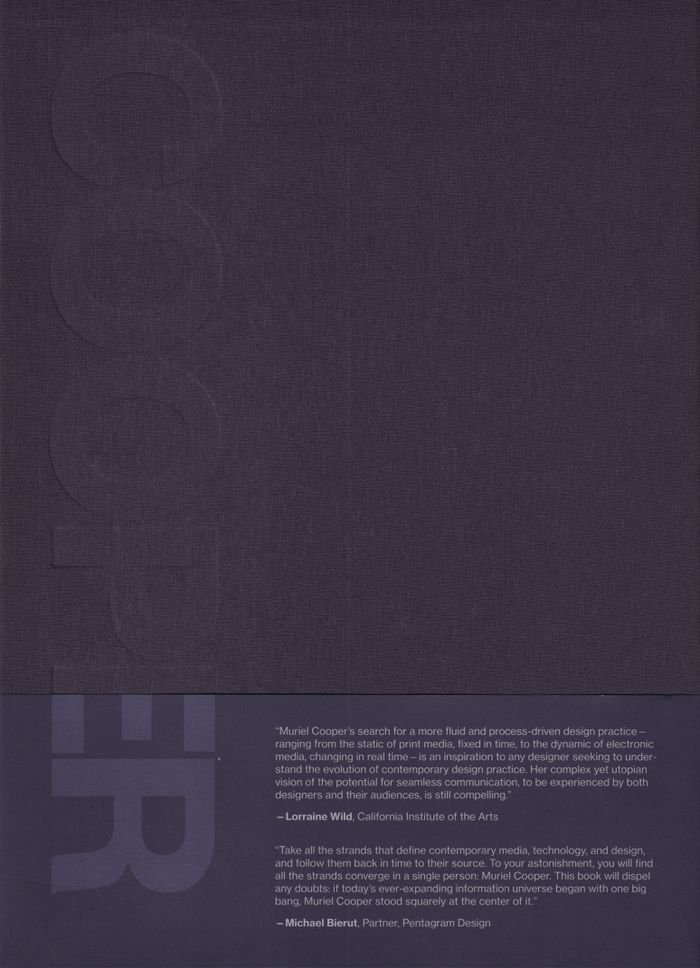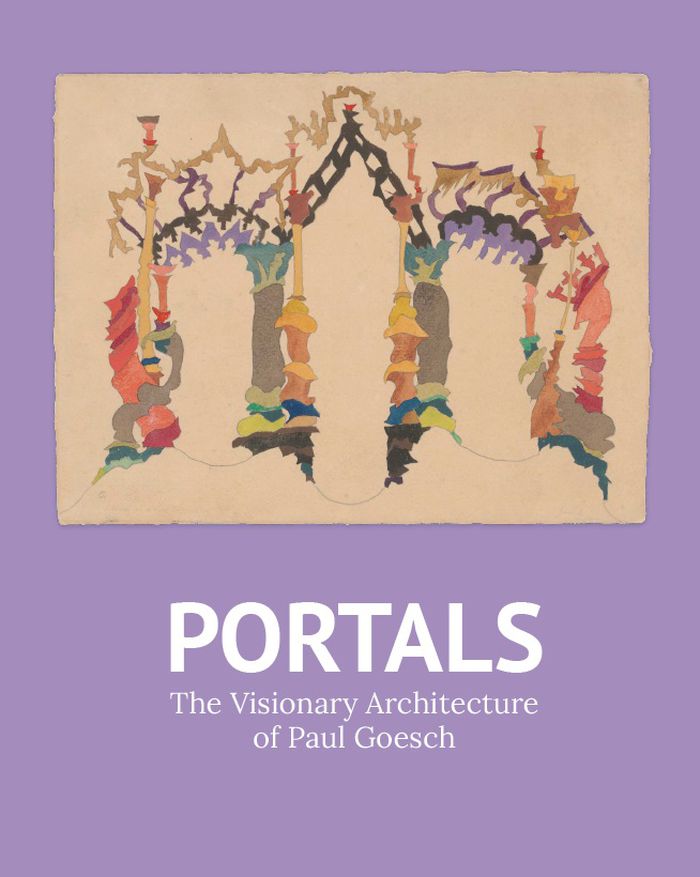$67.95
(available in store)
Summary:
Architect Marcel Breuer’s “House in the Museum Garden,” now considered one of the most influential architecture exhibitions of the 20th century, was commissioned by the Museum of Modern Art and built in their garden in 1949. The project featured custom hardware produced by W. C. Vaughan in collaboration with Breuer, which included everything from mahogany door knobs to(...)
Transitional moments: Marcel Breuer, W.C Vaughan & co and the Bauhaus in America
Actions:
Price:
$67.95
(available in store)
Summary:
Architect Marcel Breuer’s “House in the Museum Garden,” now considered one of the most influential architecture exhibitions of the 20th century, was commissioned by the Museum of Modern Art and built in their garden in 1949. The project featured custom hardware produced by W. C. Vaughan in collaboration with Breuer, which included everything from mahogany door knobs to cabinet hinges. An essay by historian Robert Wiesenberger, historical black-and-white and color photographs by Ezra Stoller plus shop drawings by Vaughan of the hardware complete this publication.
Architecture Monographs
$40.00
(available in store)
Summary:
''Humane ecology: Eight positions'' features a group of contemporary artists who consider the intertwined natural and social dimensions of environmental questions: Eddie Rodolfo Aparicio, Korakrit Arunanondchai, Carolina Caycedo, Allison Janae Hamilton, Juan Antonio Olivares, Christine Howard Sandoval, Pallavi Sen, and Kandis Williams. These artists—through their work in(...)
September 2023
Humane ecology: Eight positions
Actions:
Price:
$40.00
(available in store)
Summary:
''Humane ecology: Eight positions'' features a group of contemporary artists who consider the intertwined natural and social dimensions of environmental questions: Eddie Rodolfo Aparicio, Korakrit Arunanondchai, Carolina Caycedo, Allison Janae Hamilton, Juan Antonio Olivares, Christine Howard Sandoval, Pallavi Sen, and Kandis Williams. These artists—through their work in sculpture, video, sound installation, and plantings—think in the relational terms implied by ecology, the study of how organisms relate to one another and their environment. They explore themes such as the extraction and exploitation of both places and people, kinships with the more-than-human world, and ancient traditions of relation to the land that take on new urgency and form. Against posthumanist tendencies to “decenter” the human, these artists center different humans, ones routinely excluded from dominant discourses of environmentalism. The publication presents entries on each artist in addition to scholarly essays on the exhibition concept, genealogies of land art, and settler colonial histories of the Berkshires.
Muriel Cooper
$76.50
(available to order)
Summary:
Muriel Cooper (1925–1994) was the pioneering designer who created the MIT Press colophon (or logo)—seven bars that represent the lowercase letters “mitp” as abstracted books on a shelf. She designed a modernist monument, the encyclopedic volume The Bauhaus (1969), and the controversial first edition of Learning from Las Vegas (1972). She used an offset press as an(...)
Graphic Designers, Monographs
September 2017
Muriel Cooper
Actions:
Price:
$76.50
(available to order)
Summary:
Muriel Cooper (1925–1994) was the pioneering designer who created the MIT Press colophon (or logo)—seven bars that represent the lowercase letters “mitp” as abstracted books on a shelf. She designed a modernist monument, the encyclopedic volume The Bauhaus (1969), and the controversial first edition of Learning from Las Vegas (1972). She used an offset press as an artistic tool, worked with a large-format Polaroid camera, and had an early vision of e-books. Cooper began her four-decade career at MIT by designing printed flyers for the Office of Publications; her final projects were digital. This illustrated volume documents Cooper’s career in abundant detail, with prints, sketches, book covers, posters, mechanicals, student projects, and photographs, from her work in design, teaching, and research at MIT.
Graphic Designers, Monographs
$33.00
(available in store)
Summary:
Paul Goesch produced one of the most inventive, peculiar, and poignant bodies of work to emerge from Weimar Germany. An artist and architect, he made both fanciful figurative drawings and visionary architectural designs. The latter, from the extensive holdings of the Centre for Canadian Architecture in Montreal, are the focus of this publication, the first in English(...)
Portals: the visionary architecture of Paul Goesch
Actions:
Price:
$33.00
(available in store)
Summary:
Paul Goesch produced one of the most inventive, peculiar, and poignant bodies of work to emerge from Weimar Germany. An artist and architect, he made both fanciful figurative drawings and visionary architectural designs. The latter, from the extensive holdings of the Centre for Canadian Architecture in Montreal, are the focus of this publication, the first in English dedicated to Goesch. Amid the aftermath of First World War, a generation of young architects sketched their visions for utopia. Goesch stands out among them for his formal range, his kaleidoscopic color sense, and his playful and pluralistic embrace of architectural history, as well as for his long struggles with schizophrenia, a condition for which he was institutionalized and ultimately murdered by the Nazis. This publication highlights the decorative portals and archways that predominate in Goesch’s work. These represent the artist’s metaphysical passages, as a spiritualist steeped in diverse religious and esoteric beliefs, and his altered psychological states. They also suggest Goesch’s liminal status between art and architecture, “sanity” and “madness,” the trained insider and the institutionalized “outsider.” Celebrated in his time and since forgotten, Goesch is presented here in the context of period discussions on art, architecture, and mental health.
Architecture Monographs



